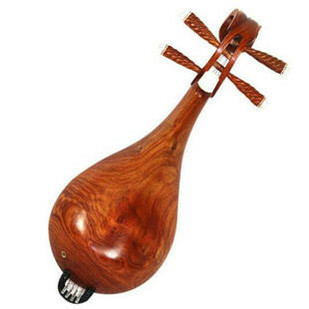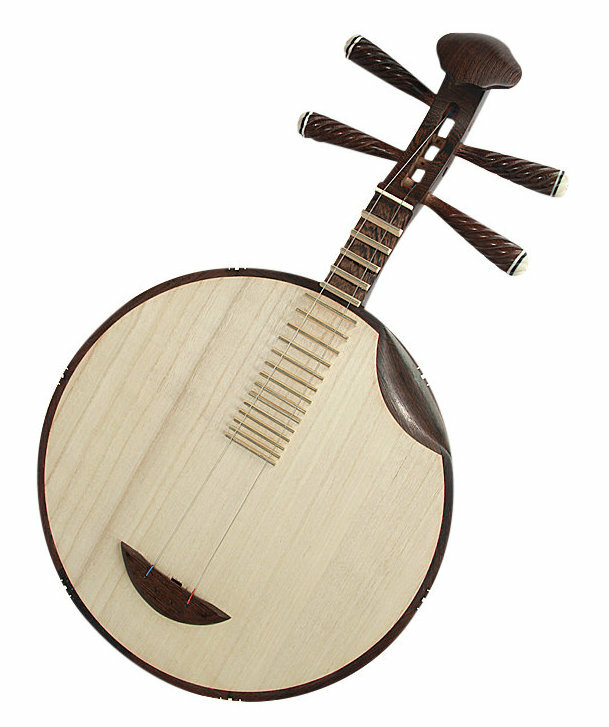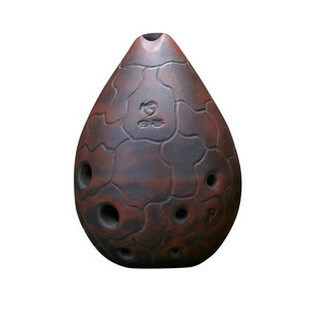13th May 2024
Basic structure of morin khuur 马头琴的基本构造
The morin khuur, well known because of the carved horse head, is a stringed instrument of the Mongolian people in China. The horse-head fiddle evolved from the stringed instrument "Xi Qin" during the Tang and Song Dynasties and was already popular among the people during the reign of Genghis Khan.
Both the appearance and sound of the horse-head fiddle embody very typical and rich ethnic characteristics. Its deep, melodious, and mellow sound not only reflects the vastness of the Mongolian grasslands, but also reveals deep melancholy and tenderness. Today, we will take a closer look at this instrument that embodies the charm of the grassland people! The horse-head fiddle consists of a sound box, a neck, a head, pegs, a bridge, strings, and a bow. The morin khuur is usually divided into large and small types, which are suitable for outdoor or indoor performances respectively. The large morin khuur has a total length of 100-120 cm, a sound box length of 26-30 cm, and a lower width of 22-28 cm, suitable for outdoor performances; the small fiddle has a total length of about 70 cm, a box length of 20 cm, and a lower width of about 18 cm, suitable for indoor performances.
The sound box is shaped like a regular trapezoid, with a few made into hexagonal or octagonal shapes. The frame of the sound box is made of hardwoods such as maple, elm, rosewood or mulberry. The sound holes are on the left and right sides of the sound box. The head and neck are mostly made of a single piece of maple, rosewood, or pine. The head is shaped like a square column with a forward-curving top, with a carved horse head, either a galloping horse head or a standing horse head. Some are carved directly on the top of the neck, while others are glued on after being carved.
The pegs are often made of boxwood or rosewood. The peg is a cone shape, and the peg handle is conical, octagonal, melon-shaped, or flat-ear shaped. The conical peg handle is engraved with straight strip petals on the outside for easy twisting, and some have a spherical top. The peg is a semi-circular cylindrical body with a flat front and a round back. The front side is a fingerboard for pressing the strings, with a shankou at the top. The sound box has a wooden bridge-shaped bridge placed in the center of the soundboard to support the two strings. The two ends are tied with thin strings, with the upper end wrapped around the pegs and the lower end tied to the tail post at the bottom. The bow is made of rattan or wood, with horse tails tied to the ends as hair.
The above is the main basic structure of the morin khuur. As a representative of the Mongolian historical and artistic heritage and development, the horse-head fiddle enjoys a high status in China for its unique sound and profound cultural connotations, and the music it plays is also deeply loved by people.















